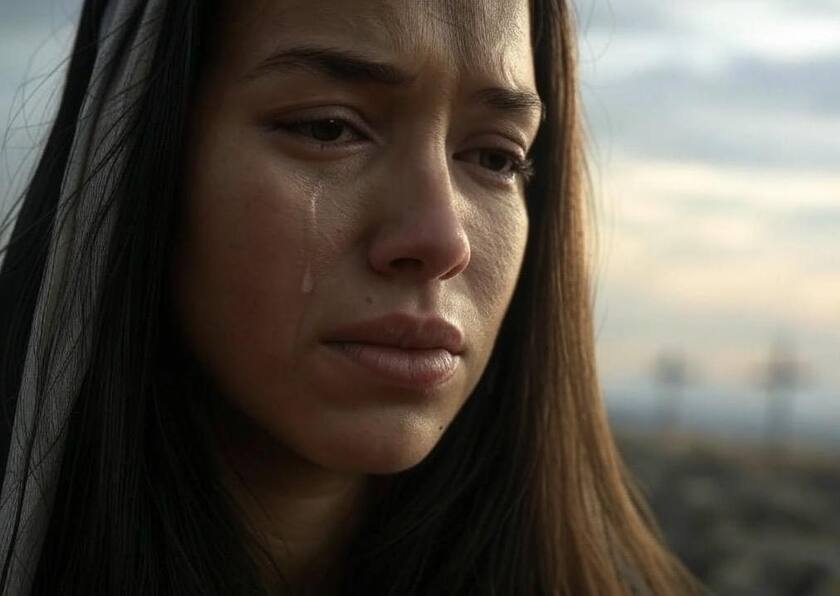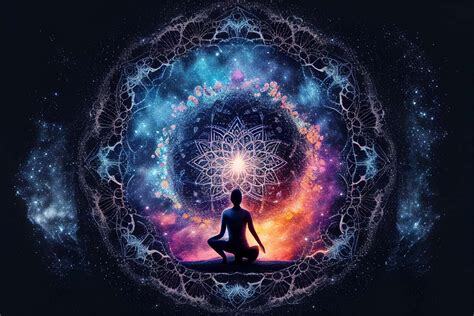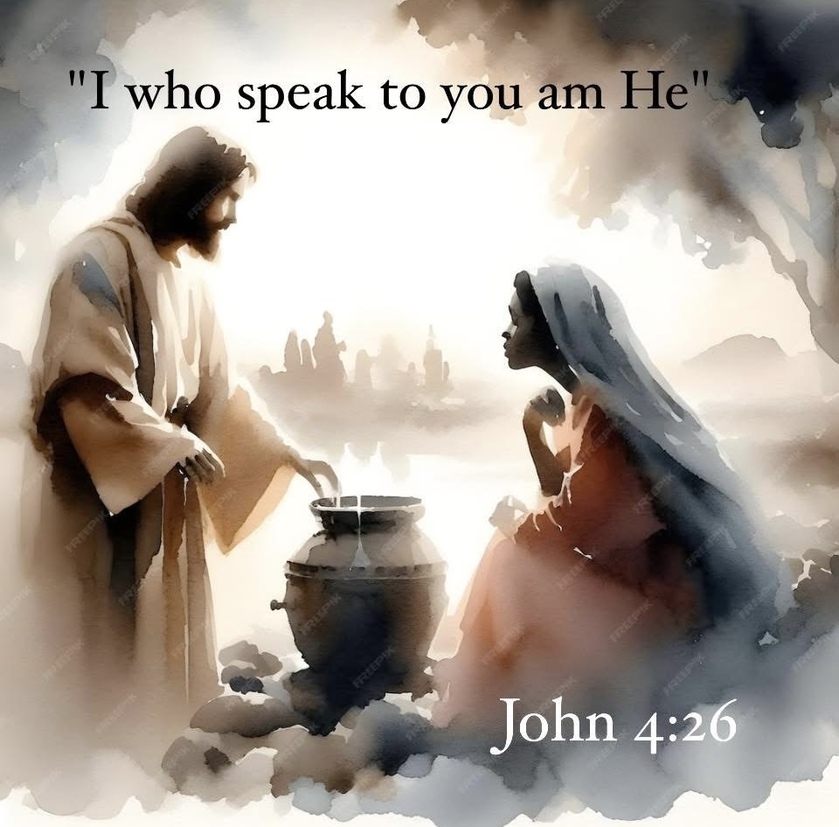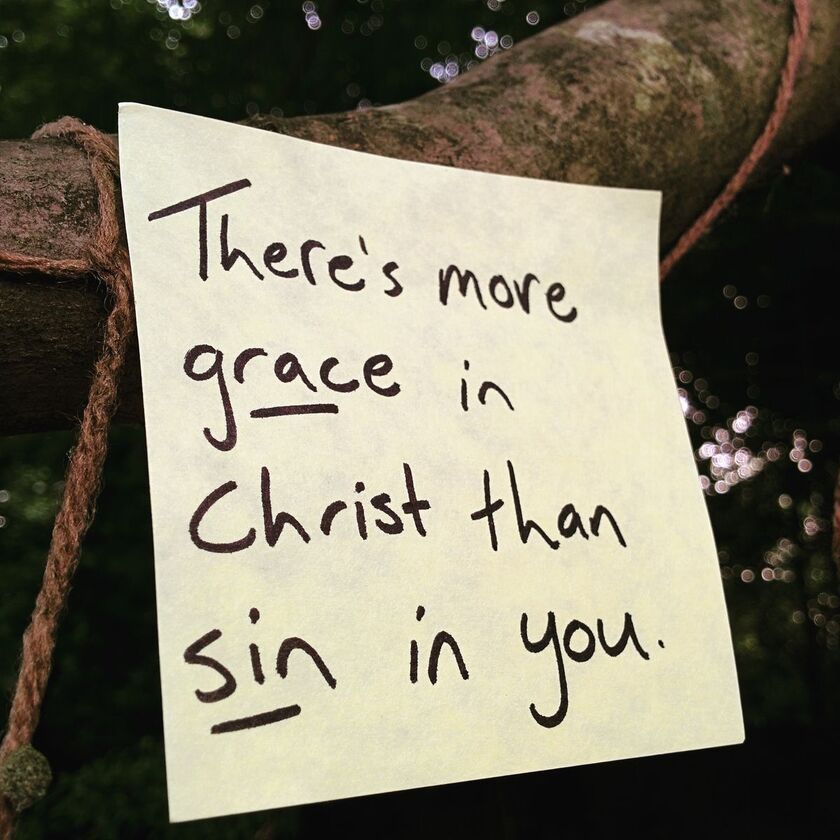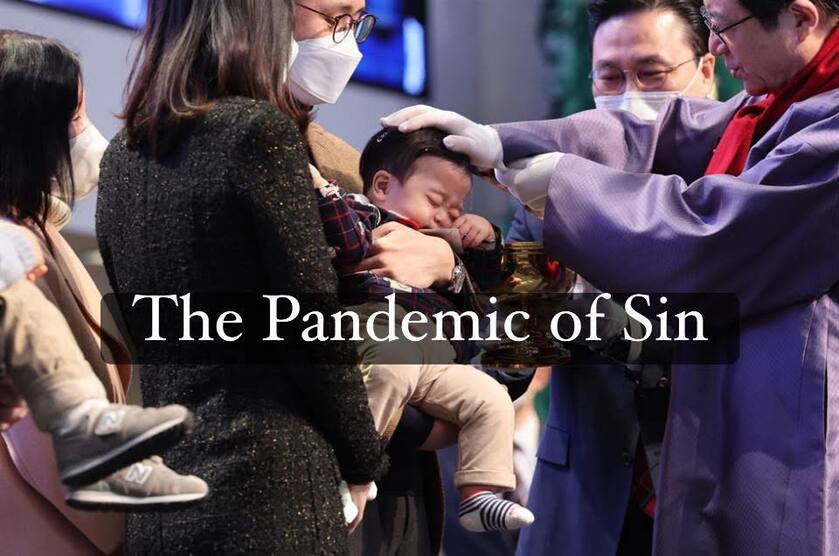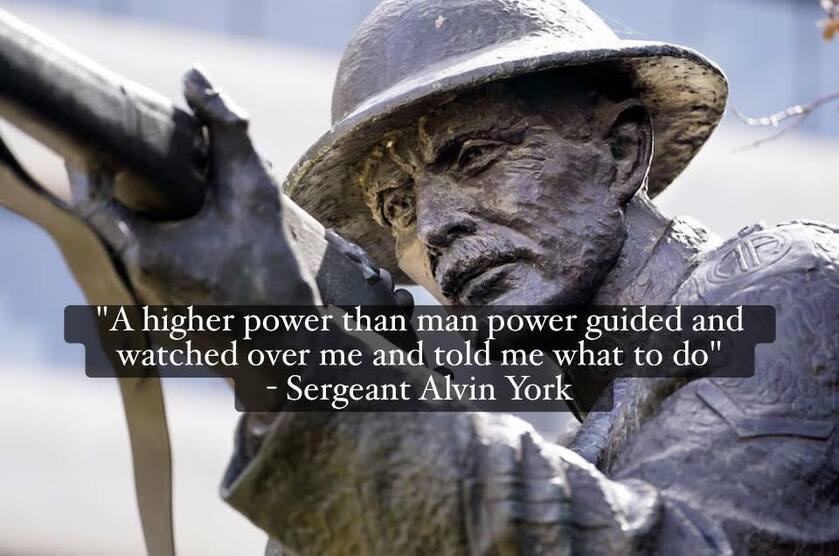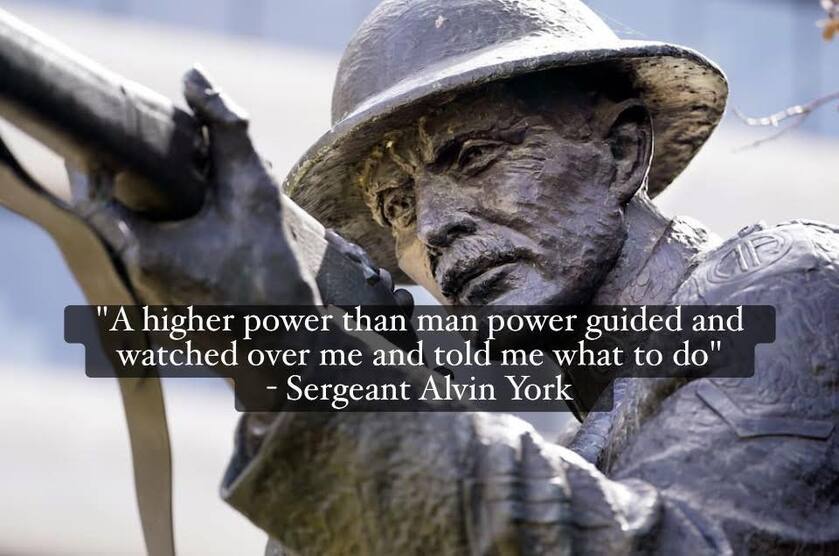In the Sacred Pause: Holy Week and the In-Between
Luke 23:44-46
It was now about the sixth hour, and there was darkness over the whole land until the ninth hour, while the sun's light failed. And the curtain of the temple was torn in two. Then Jesus, calling out with a loud voice, said, "Father, into your hands I commit my spirit!" And having said this he breathed his last.
His earthly ministry is finished. His hands, once instruments of healing and compassion, are now fixed to the cross, yet His heart still reaches out in forgiveness and surrender to God’s will. No longer will his hands touch those who need to be healed. No longer will he reach down and lift up those who cannot walk, or those who are unable to see, they who are suffering from pain and disease. Now his hands are nailed to the Roman cross. Now his arms reach, and his feet go out, in his final prayer. The prayer that is answered at Pentecost.
The imagery of darkness, the torn temple curtain, and Jesus’ last words...
"Father, forgive them, for they know not what they do." (vs. 34)
...signify both the completion of His sacrifice and the opening of a new spiritual reality, fully realized at Pentecost.
And then a strange thing happened.
Luke 23:47-48
Now when the centurion saw what had taken place, he praised God, saying, "Certainly this man was innocent!" And all the crowds that had assembled for this spectacle, when they saw what had taken place, returned home beating their breasts.
The centurion’s declaration and the crowd’s response are striking. The centurion, a Roman outsider, recognizes Jesus’ innocence, even praising God, while the crowds, initially drawn to the spectacle, leave in sorrow, beating their breasts. A sign of conviction or mourning? I suppose so, maybe both.
Meanwhile:
Luke 23:49
And all his acquaintances and the women who had followed him from Galilee stood at a distance watching these things.
There they are, at a distance but remaining near in devotion. Witnesses to it all. The torn curtain and darkness which symbolizes the seismic shift in the spiritual order. God’s presence now accessible to all, no longer confined to the temple. Jesus’ prayer of forgiveness, that bridges His earthly suffering to the outpouring of the Holy Spirit at Pentecost, where His mission continues through these followers, and many more.
This is how things were left following his passing. Everything has changed. The natural and spiritual order has forever changed, everything being made new. Soon he'll be buried by friends and after three days the new ministry will begin. The burial by friends and the anticipation of the resurrection after three days sets the stage for this new ministry, it's a radical redefinition of their hope and purpose, as well as ours.
We're all in the in-between now. After Jesus’ death, with the world forever altered, His followers are left in a quiet, heavy pause. The torn curtain and darkness have declared a new reality, but the resurrection and Pentecost are yet to come. It’s a time of grief, uncertainty, and yet, steadfast devotion from those who remain near.
Reflect on this:
How do we hold onto faith in our own in-between seasons?
This period, though brief in narrative time (three days until the resurrection and roughly fifty days to Pentecost), carries enduring implications for our Christian theology, its subsequent practices, and the development of the early Church.
Everything has changed now. The tearing of the temple curtain (Luke 23:45) symbolized the end of the old covenant’s separation between God and humanity. It marked the birth of a new theological reality. Early Christians interpreted this as the fulfillment of Jeremiah’s prophecy of a new covenant (Jeremiah 31:31-34), where God’s law would be written on our hearts, not confined to temples or rituals. Though many Christian communities would strive to redirect our devotion again towards those material things, the fact of the matter is, the new covenant initiated at the cross, was no longer confined to religious orders, mountains, objects, or cathedrals and temples. The Book of Hebrews (9:11-12, 10:19-22) emphasizes Jesus as the ultimate high priest, and the work of the Holy Spirit, rendering the materialistic temple system obsolete.
This shift in spiritual focus and worship fueled the spread of Christianity beyond Judaism. By the time of Pentecost, the apostles began proclaiming a faith that welcomed all, aligning with Jesus’ prayer of forgiveness ("Father, forgive them," Luke 23:34).
Going Forward:
This in-between time taught the disciples to trust in God’s timing, a lesson that is reinforced at Pentecost when the Holy Spirit empowers them (Acts 2). Theologically, it underscores the tension between the "already" (Christ’s finished work on the cross) and the "not yet" (the full realization of God’s kingdom still to come).
The Acts of the Apostles describes how the disciples gathered in prayer during this period (Acts 1:14), laying the foundation for the Church. This attitude of prayer first modeled on the cross set the tone for the early Church’s spiritual culture. In the in-between, Jesus' prayer on the cross lingered as a call to forgiveness and reconciliation, it was realized at Pentecost when Peter’s sermon led thousands to repentance (Acts 2:38-41).
Acts 2:40
And with many other words he bore witness and continued to exhort them, saying, "Save yourselves from this crooked generation."
The apostles’ preaching emphasized reconciliation with God and neighbor (2 Corinthians 5:18-20), influencing figures like Stephen, who echoed Jesus’ prayer while being martyred (Acts 7:60). Over centuries, this principle shaped Christian ethics. The natural and spiritual order changed forever at Calvary, but Pentecost marked the activation of this new ministry. The Spirit’s arrival fulfilled Jesus’ promise (John 16:7), equipping believers to heal, teach, and forgive in His name, as His hands once did. Now his followers are his hands and feet in Christian action.
Pentecost birthed the Church, transforming that small group of mourners into a dynamic movement. Just a few decades later Christian communities spanned the entire Roman Empire. The in-between’s themes; accessible grace, forgiveness, and waiting in faith, shaped foundational Christian texts and practices for millennia.
Born in this moment of sacred pause, between the cross and the resurrection, the devotion stretches even now into our present moments. Now is what we call "Holy Week", reliving and re-entering this transformative moment. The devotion of Jesus’ followers, like the women from Galilee standing faithfully at a distance (Luke 23:49), echoes in our own observance of these holy days. Holy Week, culminating in Good Friday and Easter, invites us to sit in the tension of sorrow and hope, just as they did.
This week, the torn temple curtain and Jesus’ prayer of forgiveness reminds us that God’s presence remains accessible and is still bridging our present struggles to the promise of renewal. Christ at Calvary stretches into our now, where we’re called to embody that same devotion as witnesses to his sacrifice and his victory, and continue in his mission of love and reconciliation.

